A plantar pressure plate is a specialized device used to detect the pressure distribution on the soles of the feet during standing or walking. It is an intelligent sensing tool commonly used in fields such as medical rehabilitation, sports science, orthotic design, and children's growth assessment.
What does a plantar pressure plate look like?
Its appearance is usually flat in the shape of a plate or mat, with a relatively thin thickness.
The surface is covered with hundreds to thousands of high-sensitivity pressure sensors.
It can be connected to a computer or tablet, and display real-time plantar pressure maps through software (different colors represent different pressure intensities).
A plantar pressure plate can be used for monitoring children's growth, with important application value in the following aspects:
1. Monitoring whether foot development is normal
Children are in a stage of rapid skeletal and muscular development, and the structure of the foot has not yet fully formed.
Plantar pressure distribution maps can be used to assess arch development and identify abnormalities such as flat feet or high arches.
This allows early detection of postural or structural problems and timely intervention.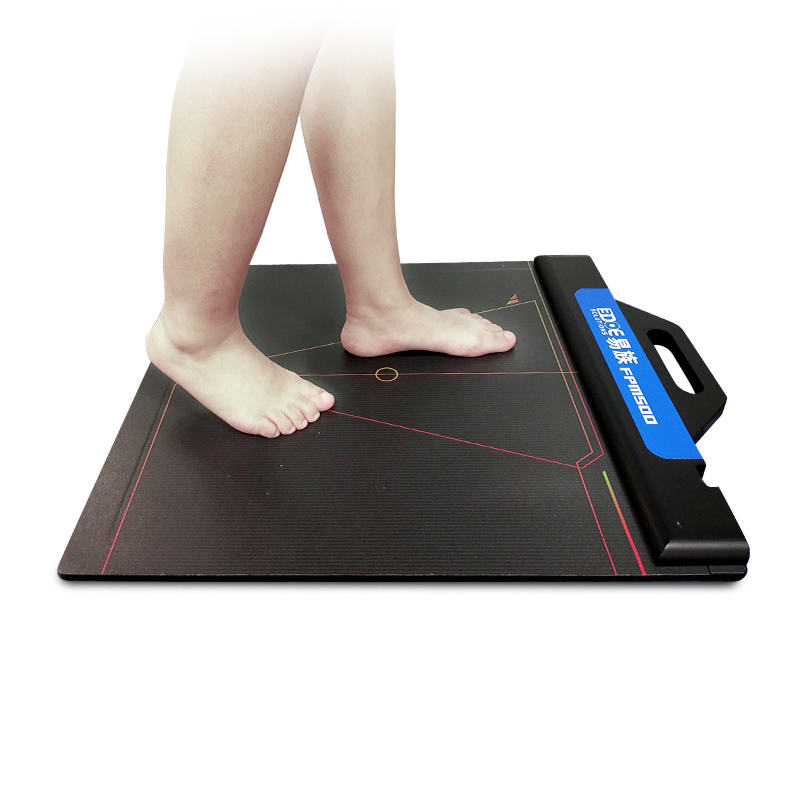
2. Assessing gait development
The plantar pressure plate can collect data on pressure changes during walking, center of gravity transfer trajectories, step frequency, step length, etc.
It helps evaluate the maturity of a child’s gait and detect developmental abnormalities such as in-toeing, out-toeing, or unstable walking.
It has significant value in rehabilitation evaluation for children with cerebral palsy, developmental delays, or autism spectrum disorders.
3. Posture and lower limb alignment analysis
Improper long-term posture (such as skewed standing or uneven weight-bearing between left and right feet) may affect the development of the spine and pelvis.
Plantar pressure analysis reflects postural balance and provides a basis for corrective measures (such as orthotic insoles or posture training).
4. Customized footwear or orthotic product design
Based on plantar pressure distribution results, more suitable insoles or shoes can be customized for children to help protect their feet and prevent injuries.
This is particularly suitable for children who stand for long periods, have high physical activity, or have special structural needs in their feet.
Precautions:
The device must be adapted to children's body weight and foot length, otherwise accuracy may be affected.
Data interpretation should be performed by rehabilitation physicians, pediatric orthopedic doctors, or podiatry experts to avoid misjudgment by parents.
It is more suitable for children over 3 years old who can walk steadily.

 +86-0755-86131192
+86-0755-86131192 2025-06-12
2025-06-12 Back to list
Back to list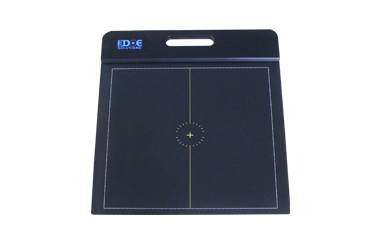
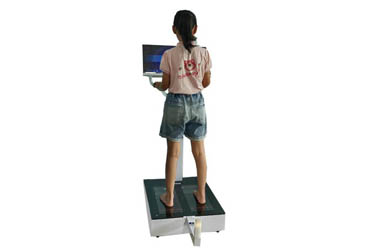
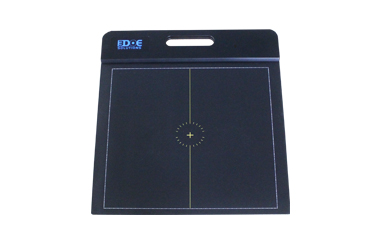

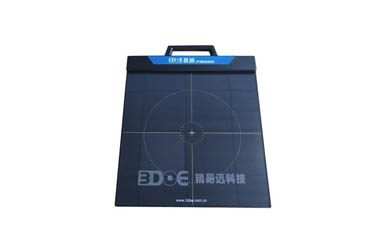
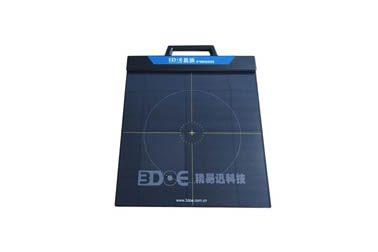



 +86-0755-86131192
+86-0755-86131192